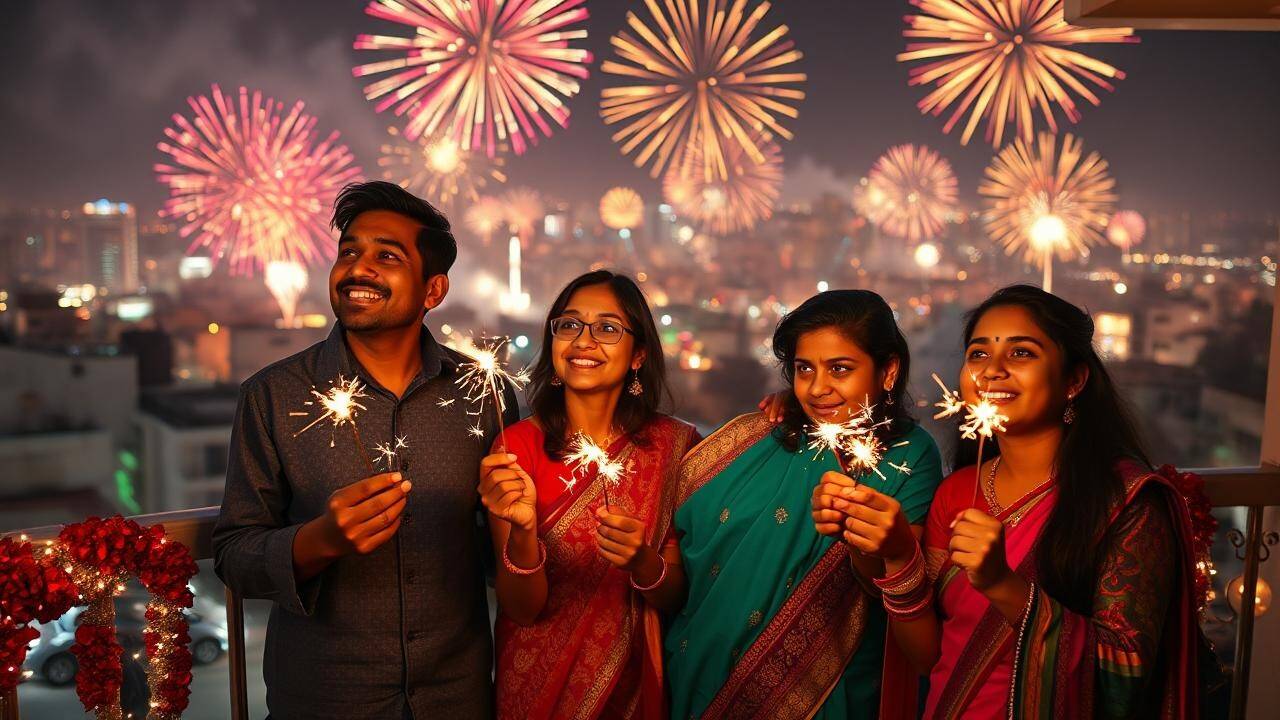What to Do in Case of a Firecracker Burn or Eye Injury This Diwali
Diwali brings joy, light, and togetherness, but it also brings an increase in accidents related to firecrackers. Every year, hospitals witness a surge in cases of burns and eye injuries during the festive season. Most of these accidents occur due to carelessness or lack of immediate medical attention. Knowing what to do in case of a firecracker-related injury can make a huge difference in recovery and can even save lives. This article provides essential first aid tips, safety measures, and preventive steps to handle such situations effectively.
Third-degree burns destroy all layers of the skin and may affect underlying tissues.
Knowing the type of burn helps determine whether the injury can be treated at home or requires urgent medical care.

Understanding Firecracker Injuries
Firecracker injuries usually affect the skin, eyes, ears, and sometimes the respiratory system due to smoke inhalation. The most common injuries include minor burns, deep skin damage, and corneal injuries in the eyes caused by sparks or debris. Children are especially vulnerable because they tend to play with crackers without adequate supervision. Immediate and correct first aid can prevent complications and permanent damage.Types of Burns Caused by Firecrackers
Burn injuries are classified into three categories based on severity.- First-degree burns cause redness and mild pain on the top layer of the skin.
- Second-degree burns damage deeper layers, leading to blisters and swelling.
Immediate First Aid for Minor Burns
If someone suffers a minor burn from a spark or firecracker, the first step is to cool the affected area under running tap water for at least 10 minutes. Do not apply ice directly, as it can damage skin tissue. Avoid using toothpaste, butter, or oils, as these trap heat and worsen the injury. After cooling, gently cover the area with a clean, sterile cloth or gauze. Over-the-counter burn ointments containing aloe vera or silver sulfadiazine can provide relief and aid healing.What to Do in Case of Severe Burns
If the burn is severe, charred, or covers a large area of the body, seek medical help immediately. Do not try to remove any clothing stuck to the skin. Cover the burn with a loose, clean cloth and keep the person calm. Offer small sips of water to prevent dehydration but avoid giving food or medication until professional help arrives. If the victim is unconscious, unresponsive, or has difficulty breathing, call emergency services right away.Handling Firecracker Eye Injuries
Eye injuries during Diwali are among the most dangerous and require urgent attention. Even a small spark can damage the cornea or cause vision loss. If something enters the eye, do not rub it. Instead, flush the eye gently with clean water to remove any debris. If bleeding, swelling, or intense pain occurs, cover the eye with a sterile cloth and seek immediate ophthalmic care. Never apply ointments or drops without consulting a doctor. Delay in treatment can lead to infections or permanent vision problems.Precautions During Firecracker Use
Prevention is always better than cure. Always wear cotton clothes while lighting firecrackers, as synthetic fabrics catch fire quickly. Keep a safe distance and avoid bending over fireworks. Use a long stick or agarbatti to light crackers, and never attempt to relight a dud cracker. Keep water buckets and sand nearby to extinguish accidental fires. Ensure that children are supervised at all times and that firecrackers are used in open areas away from houses, vehicles, and trees.Protecting the Eyes and Skin
Simple protective gear can prevent serious injuries. Always wear safety goggles while bursting crackers, especially if using high-intensity fireworks. Avoid looking directly at exploding crackers. For skin protection, wear full-sleeved cotton clothing and closed shoes. Even sparklers can reach temperatures hot enough to cause burns, so handle them with care and dispose of them properly once extinguished.Dealing with Smoke Inhalation
Inhaling smoke from firecrackers can lead to coughing, throat irritation, and breathing difficulty, particularly in people with asthma or respiratory problems. If someone feels breathless, move them to an open, well-ventilated area immediately. Loosen tight clothing and offer water to soothe the throat. If breathing does not improve, seek medical attention promptly. Using masks while lighting or watching fireworks can also reduce the risk of inhaling harmful fumes.When to Seek Medical Help
Certain symptoms should never be ignored after a firecracker injury. Seek medical help if:- The burn covers more than 3 inches of the skin or affects sensitive areas like the face, hands, or joints.
- There is pus, foul smell, or fever indicating infection.
- The victim experiences dizziness, fainting, or difficulty breathing.
- Eye injuries cause blurred vision, swelling, or continuous pain.
Raising Awareness and Safety Culture
Community awareness plays a crucial role in reducing Diwali-related injuries. Schools, local authorities, and media can help spread information about safe firecracker handling and first aid measures. Organising safety workshops before the festive season can educate families, especially children, about potential dangers and emergency responses.Conclusion
Firecracker injuries can turn a joyous celebration into a painful experience if precautions are ignored. Understanding first aid techniques and reacting calmly during an emergency can prevent serious complications. Safety begins with awareness, preparation, and responsibility. Celebrate Diwali with care, keep emergency numbers handy, and remember that a moment of caution can protect a lifetime of happiness.Next Story